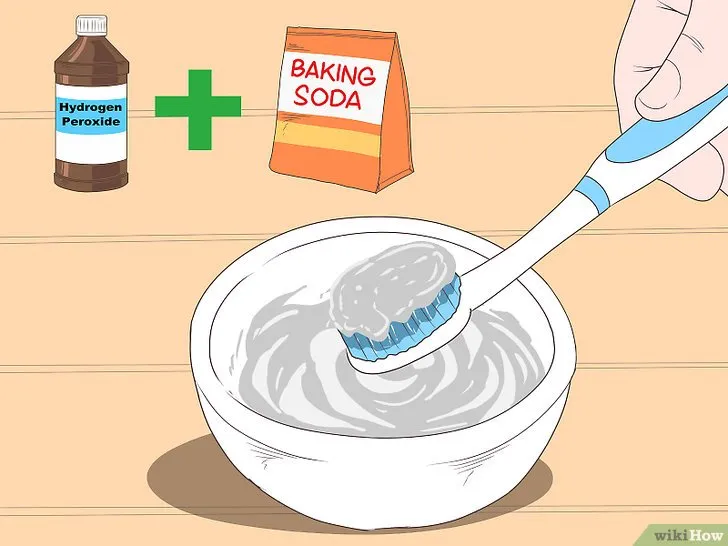Understanding Activated Charcoal and Teeth Whitening
The quest for a brighter smile has led many to explore various teeth whitening methods, and activated charcoal has emerged as a popular option. But what exactly is activated charcoal, and how does it relate to teeth whitening? Activated charcoal is a fine, black powder made from various sources, such as coconut shells, wood, or other materials. The “activated” part refers to a process that increases its absorbency, making it effective at trapping chemicals and toxins. In the context of teeth whitening, activated charcoal is believed to work by adsorbing stains and impurities from the surface of the teeth, giving the illusion of a whiter smile. However, understanding the science and best practices is crucial before incorporating it into your oral hygiene routine. This guide will provide an in-depth look at how often you should use activated charcoal for teeth whitening, ensuring you achieve your desired results safely and effectively. It’s essential to approach this method with knowledge to avoid potential risks and maximize benefits. This guide will cover everything from the underlying science to practical application tips.
How Activated Charcoal Works on Teeth
The primary mechanism behind activated charcoal’s teeth-whitening capabilities lies in its adsorptive properties. Unlike absorption, which involves a substance being taken up into another, adsorption means that the substance adheres to the surface. Activated charcoal has a highly porous surface, which allows it to attract and trap substances like stains and bacteria that can discolor teeth. When you brush with activated charcoal, it helps to lift these stains off the enamel. The abrasive nature of the charcoal also helps to scrub away surface stains. This is a key reason why many people experience a noticeable difference in the brightness of their smile after using it. It’s important to note that activated charcoal primarily targets surface stains caused by food, drinks (like coffee, tea, and red wine), and tobacco. It does not change the intrinsic color of the teeth, which is determined by the dentin, the layer beneath the enamel. Understanding this difference is key to setting realistic expectations and using activated charcoal effectively as part of your oral hygiene strategy.
The Science Behind Charcoal’s Whitening Effect

Scientific evidence supporting the effectiveness of activated charcoal for teeth whitening is still limited. However, the existing research and anecdotal evidence suggest that it can remove surface stains. The porous nature of activated charcoal allows it to bind to stains, which are then brushed away. This is a physical process rather than a chemical one. Some studies indicate that activated charcoal might help reduce plaque and bad breath, both of which contribute to overall oral health. However, the American Dental Association (ADA) hasn’t approved charcoal-based products for teeth whitening due to insufficient scientific data and potential risks. Always consult with a dentist or dental professional before starting any new teeth whitening regime. While some individuals report positive results, it’s crucial to be aware of the limitations and potential side effects. The level of effectiveness can vary greatly depending on the type of stains, the user’s oral health, and the consistency of use.
Factors Influencing Frequency of Charcoal Use
Several factors influence how often you should use activated charcoal for teeth whitening. These factors help to determine the frequency that is most suitable and safe for your individual needs. Your specific oral health condition, the product you’re using, and the type of stains you have all play a significant role in the ideal frequency. Here are the major factors which you should consider: The condition of your enamel, any existing sensitivity, and whether you have dental work like fillings or veneers. The product’s formulation can impact how frequently you should use it. The severity of your staining is another key factor. Let’s dive deeper into each of these influencing factors to ensure you get the best and safest results.
Your Current Oral Health Condition
Your oral health is a critical factor in determining the safe and effective use of activated charcoal. If you have sensitive teeth, using activated charcoal frequently could worsen the sensitivity. The abrasive nature of charcoal can erode enamel over time, leading to increased sensitivity and potential dental problems. If you have any existing dental issues, such as cavities, gum disease, or weakened enamel, it is essential to consult with a dentist before using activated charcoal. These existing issues may be aggravated by the use of charcoal, leading to further damage. Your dentist can assess your oral health and provide personalized advice on whether activated charcoal is appropriate for you, and if so, how often it should be used. The presence of fillings, crowns, or veneers may also be affected by the use of activated charcoal, as it may cause discoloration or damage to the restorations. Therefore, ensuring your teeth and gums are healthy is the first step.
The Type of Activated Charcoal Product

The form of activated charcoal you choose will influence how often you should use it. Activated charcoal is available in different forms, including powder, toothpaste, and mouthwash. Each has its own set of recommendations for use. Charcoal powder is typically the most abrasive and should be used with extra caution. Charcoal toothpaste, often formulated with other ingredients, may be less abrasive and is often safe for daily use. Charcoal mouthwash, if used, is generally less abrasive. Always follow the manufacturer’s instructions. The concentration of activated charcoal in the product matters, so it’s crucial to read labels and understand the ingredients. The presence of other ingredients, such as fluoride, can also influence the product’s overall effect on your teeth. Considering the product type and following the manufacturer’s instructions is essential for safe and effective use, so you should always know what you are putting on your teeth.
The Level of Staining on Your Teeth
The extent of staining on your teeth also plays a key role in determining how often you should use activated charcoal. For light surface stains, using charcoal once or twice a week might be sufficient to achieve the desired whitening effect. If you have more stubborn stains, such as those from long-term coffee consumption or smoking, you might be tempted to use charcoal more frequently to see quicker results. However, it is vital to resist the urge to overuse, as it can lead to potential risks. If your teeth are heavily stained, it is best to consult your dentist. They can recommend professional teeth whitening options that are both safe and effective. They can also help create a plan to improve your smile, even if the staining is severe. Remember, the goal is to achieve a brighter smile without compromising the health of your teeth. So, a measured approach, considering your existing stains, is key.
Optimal Frequency: Recommendations
Determining the optimal frequency of activated charcoal use involves balancing the desire for whiter teeth with the need to protect your oral health. Because of the abrasive nature of charcoal, it’s generally recommended to use it sparingly. The best approach is to begin with a conservative frequency and monitor your teeth’s response. If you notice any signs of increased sensitivity or enamel erosion, reduce the frequency or discontinue use altogether. The following recommendations provide a general framework for usage.
Initial Phase Frequency Guidelines
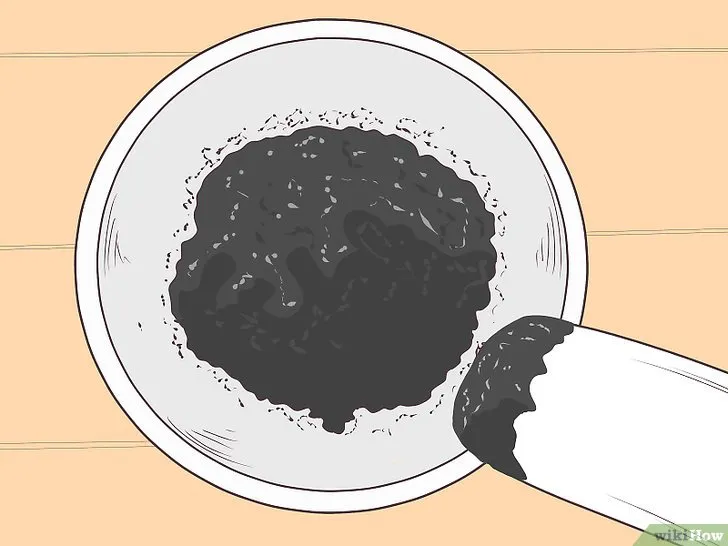
When you first start using activated charcoal, it is best to begin with a cautious approach. Initially, you can use activated charcoal once or twice a week to assess how your teeth react. If you’re using charcoal powder, apply it gently, using a soft-bristled toothbrush. Brush lightly to avoid excessive abrasion. Use a circular motion. Avoid scrubbing your teeth aggressively. If you are using charcoal toothpaste, follow the product’s instructions, but stick to using it only a couple of times a week initially. After a week or two, assess the results. Check for any changes in sensitivity or signs of enamel erosion. If you don’t notice any negative effects, and you feel it is necessary, you can slightly increase the frequency to twice a week. If any adverse effects occur, scale back immediately. Pay attention to your teeth, and respond to any changes.
Maintenance Phase Keeping Your Smile Bright
Once you have reached your desired level of whiteness and your teeth show no negative effects, you can move to a maintenance phase. During this phase, reduce the frequency of charcoal use. You may find that using it once every one to two weeks is sufficient to maintain your smile. If you are using charcoal toothpaste, you might be able to use it a bit more frequently, following the product’s guidelines, but always monitor your teeth’s response. Continue to monitor your teeth for any signs of increased sensitivity or enamel erosion. Regular dental check-ups are essential. Your dentist can assess your oral health and advise you on the long-term safety of using activated charcoal. They will be able to catch any problems early and can recommend appropriate measures.
Possible Risks and Side Effects
While activated charcoal can be an effective teeth whitener, it’s crucial to be aware of the potential risks and side effects associated with its use. Overuse or improper application can lead to various dental issues, so it’s essential to weigh the benefits against the potential drawbacks. Potential risks include tooth sensitivity, enamel erosion, and damage to dental work.
Tooth Sensitivity and Charcoal Use
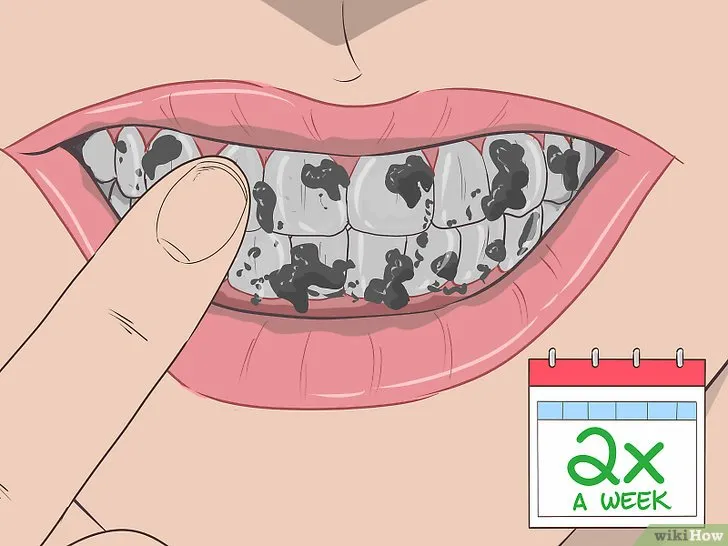
One of the most common side effects of using activated charcoal is increased tooth sensitivity. This occurs because the abrasive nature of charcoal can wear away the enamel, the protective outer layer of your teeth. Enamel protects the underlying dentin, which contains tiny tubules that lead to the nerves in your teeth. When the enamel is compromised, these tubules are exposed, leading to increased sensitivity to hot, cold, and sweet foods and drinks. If you experience increased sensitivity while using activated charcoal, it is essential to reduce the frequency of use or discontinue it altogether. You can also try using a toothpaste formulated for sensitive teeth. Consult your dentist. They can recommend treatments, such as fluoride applications, to help strengthen your enamel and reduce sensitivity.
Enamel Erosion The Concerns
Enamel erosion is another significant concern associated with the use of activated charcoal. Enamel is the hardest substance in the human body, but it’s still susceptible to abrasion. The abrasiveness of activated charcoal can wear away the enamel over time, especially if you brush too hard or use it too frequently. Once enamel is lost, it does not grow back. This makes your teeth more vulnerable to cavities, sensitivity, and discoloration. If you notice any signs of enamel erosion, such as increased transparency, rough texture, or changes in the shape of your teeth, you should stop using activated charcoal immediately. It’s crucial to maintain your enamel to preserve your long-term oral health. Your dentist can assess the extent of enamel loss and recommend treatments, such as fluoride treatments or restorative procedures, to protect your teeth.
Proper Application Techniques
Proper application techniques are vital to minimize the risks associated with using activated charcoal. The way you apply the charcoal can significantly impact its effectiveness and safety. Proper brushing technique, the type of toothbrush, and the duration of brushing all matter. Adhering to these best practices is essential for minimizing potential risks while maximizing the benefits of using activated charcoal. Here are the key elements of proper application.
Brushing with Activated Charcoal
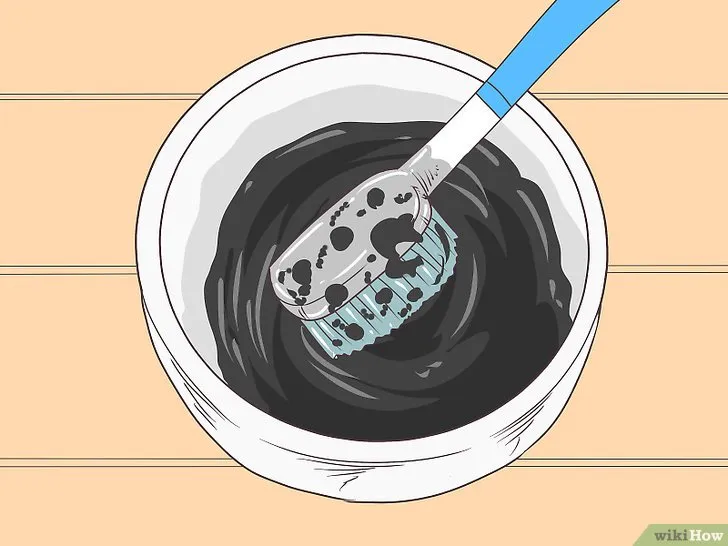
When brushing with activated charcoal, use a soft-bristled toothbrush. This helps to reduce the abrasive effect. Wet the toothbrush and dip it into the activated charcoal powder or apply a pea-sized amount of charcoal toothpaste. Gently brush your teeth in small, circular motions for about two minutes. Avoid scrubbing your teeth, as this can contribute to enamel erosion. Focus on all surfaces of your teeth. After brushing, rinse your mouth thoroughly with water. Make sure you remove all traces of charcoal. If you’re using charcoal powder, rinse your toothbrush thoroughly as well to remove any lingering particles. Remember to be gentle and avoid excessive pressure. A slow and careful approach is best. Do not brush too aggressively.
Using Charcoal Toothpaste
If you opt for charcoal toothpaste, follow the product’s instructions for use. Most charcoal toothpastes are designed to be used like regular toothpaste. Apply a pea-sized amount to your toothbrush. Brush your teeth for two minutes, using gentle, circular motions. Rinse your mouth thoroughly after brushing. While charcoal toothpaste is often less abrasive than charcoal powder, it’s still important to be mindful of the frequency of use. Use it as directed on the package. Don’t exceed the recommended frequency. Read the product’s instructions carefully. Pay attention to the ingredients, and if you have any concerns, consult your dentist or a dental professional. Proper use ensures that you are protecting your teeth while maintaining your smile.
Alternative Whitening Methods
If you are concerned about the potential risks of using activated charcoal, or if you are not seeing the desired results, several alternative teeth whitening methods are available. These methods may be safer and more effective for achieving a brighter smile. Consider these options:
Professional Teeth Whitening Options
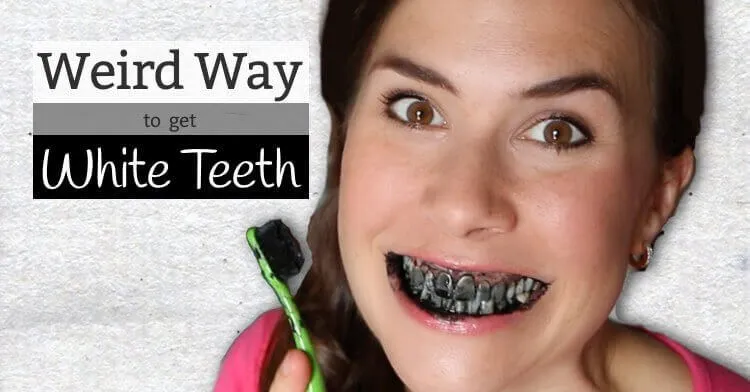
Professional teeth whitening performed by a dentist is one of the safest and most effective ways to brighten your smile. Dentists use high-concentration bleaching agents that can penetrate the enamel and dentin to remove stains. There are in-office whitening treatments, which provide immediate results, and take-home whitening kits, which offer a more gradual approach. Professional whitening treatments are generally more effective than over-the-counter products because dentists can customize the treatment. They can monitor your progress and address any potential side effects. Before undergoing any professional teeth whitening treatment, your dentist will evaluate your oral health to determine if you are a good candidate. They will also discuss the expected results and potential risks. Professional whitening is often the most effective and safest way to achieve significant results.
Maintaining a Bright Smile Long-Term
Regardless of the teeth whitening method you choose, maintaining a bright smile requires a long-term commitment. It’s important to understand the factors that can lead to staining and take steps to prevent them. Here are some key considerations.
Dietary Considerations
Certain foods and beverages are known to stain teeth. Drinks like coffee, tea, red wine, and dark-colored sodas can contribute to discoloration. Foods such as berries, curries, and tomato-based sauces can also stain your teeth. Limiting your consumption of these items can help to prevent stains. Rinse your mouth with water after consuming these foods and drinks. Brushing your teeth after eating can also help. Use a straw when drinking stain-causing beverages. It can minimize contact with your teeth. Being mindful of your diet is an important part of maintaining a bright, white smile. Incorporating a diet that helps your teeth will help your smile.
Regular Dental Check-ups
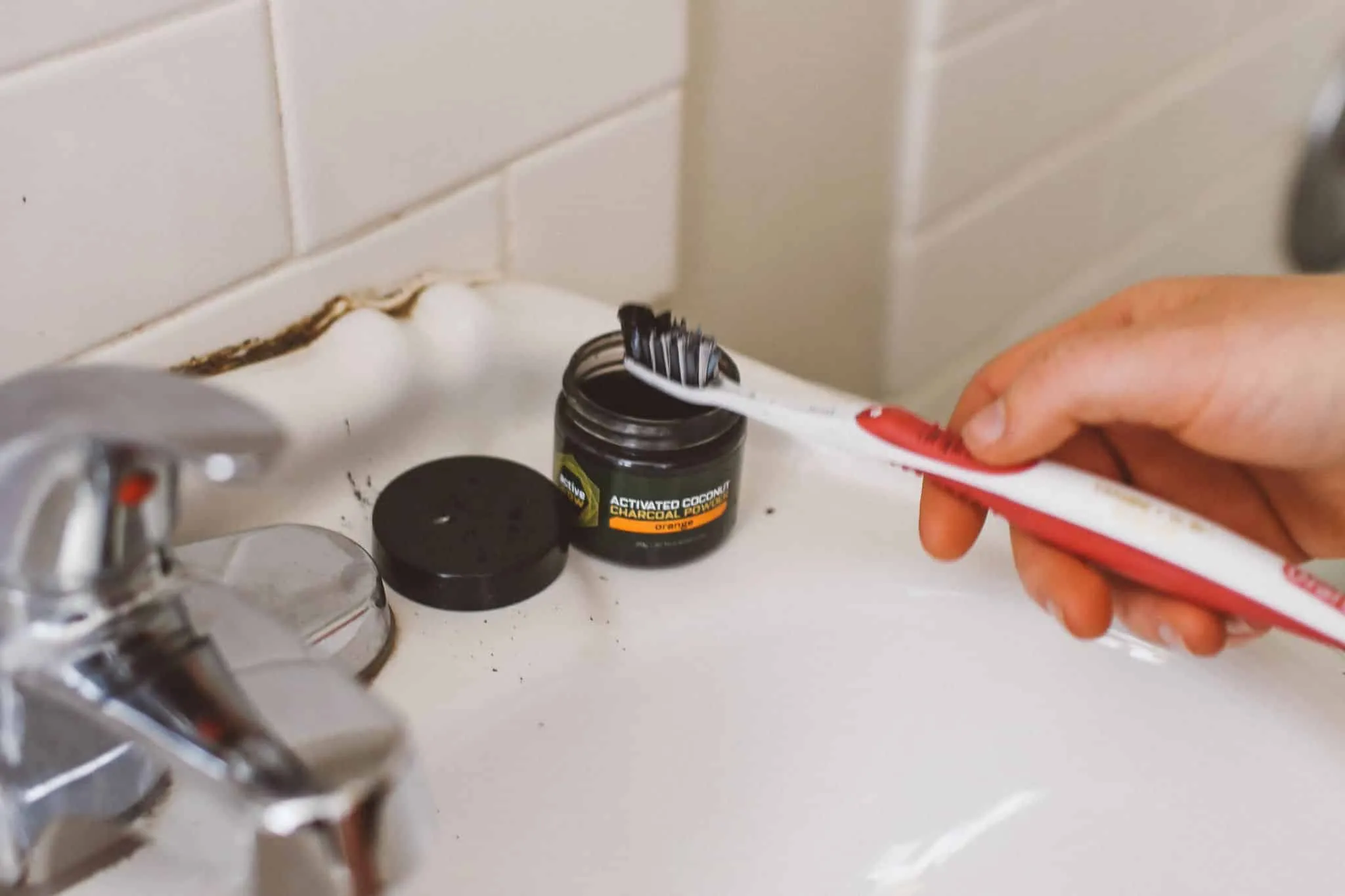
Regular dental check-ups are essential for maintaining good oral health, including a bright smile. Your dentist can remove surface stains through professional cleaning. They can also identify and address any underlying issues that may contribute to discoloration. Regular check-ups are essential for maintaining a bright, healthy smile. During your check-ups, your dentist can assess your overall oral health and provide personalized advice. They will give recommendations for keeping your teeth bright and healthy. Schedule regular dental check-ups to ensure you maintain a healthy, bright smile.
